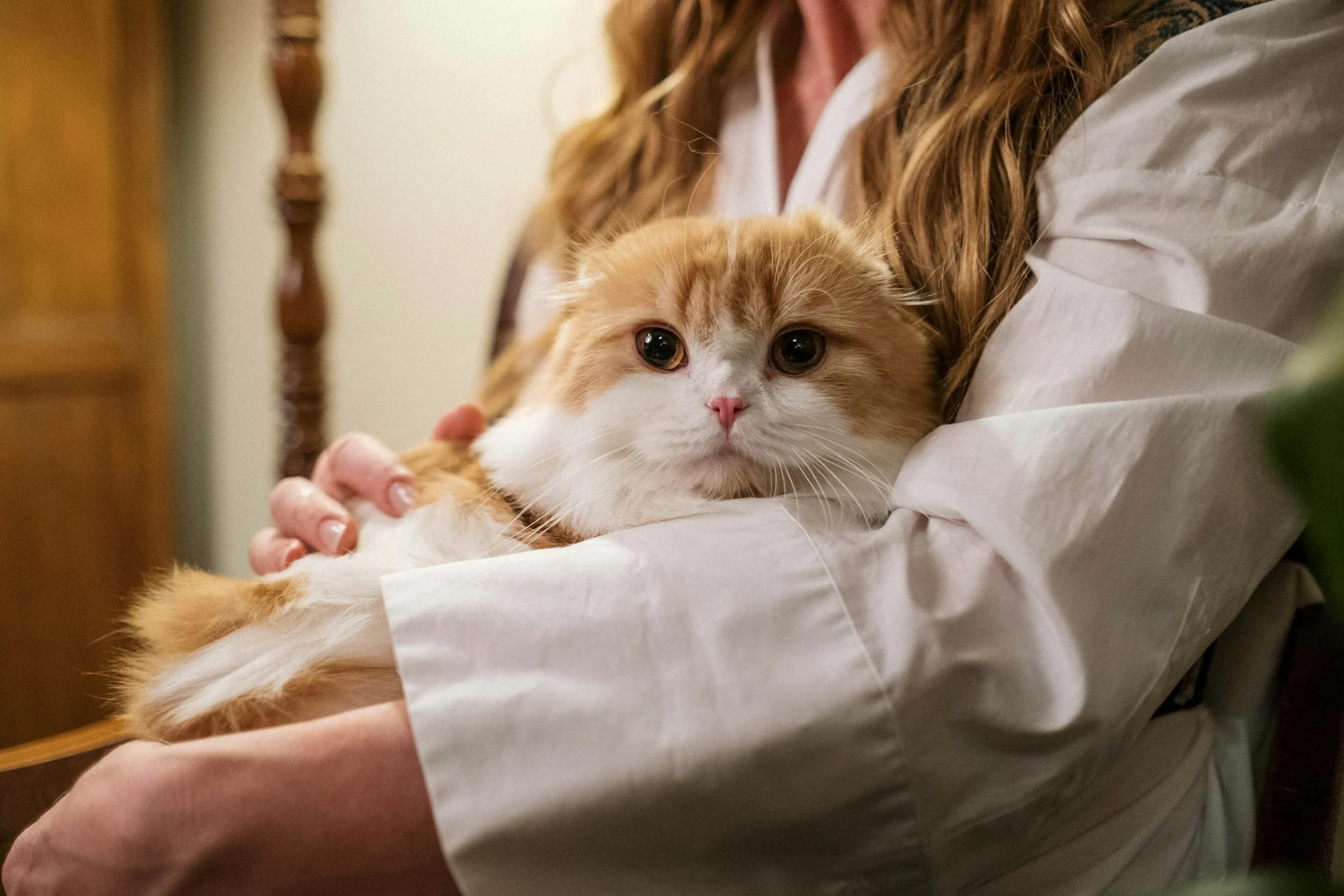For years, cats have gotten a bad rap—branded as independent, aloof, or emotionally unavailable. But a new study turns that stereotype on its head. According to researchers, cats can form attachment bonds with their humans that mirror the emotional ties seen in dogs and even human babies.
“We often assume cats don’t need us the way dogs do,” said Lingna Zhang, lead researcher from South China Agricultural University. “But our findings suggest cats do seek out comfort, security, and connection. They just show it in subtler ways.”
Why Attachment Style Matters

The emotional bond between a cat and their person isn’t just heartwarming—it can shape the cat’s entire experience of the world. Cats with secure attachments tend to be more confident, relaxed, and sociable. On the flip side, cats with insecure bonds may become withdrawn, anxious, or even aggressive.
The research, published in Applied Animal Behaviour Science, observed how cats responded to being briefly separated from and then reunited with their owners. Some cats greeted their humans warmly and reconnected easily—these were classified as securely attached. Others were visibly needy or stressed during the reunion, pointing to anxious attachment. And some seemed indifferent or actively avoided interaction, which signaled an avoidant attachment.
These attachment styles mirror patterns commonly seen in dogs and human infants, suggesting that emotional bonding in cats is far more complex than we once believed.
“Understanding how our behavior affects our cats can help us prevent problems before they start,” said lead researcher Lingna Zhang. “If a cat feels secure, they’re less likely to develop behavioral issues.”
What the Study Observed
Using a secure base test (a tool commonly used in developmental psychology), researchers observed how cats responded to being left alone briefly and then reunited with their owners. From this, they identified three common attachment styles:
- Secure cats sought comfort and reconnected positively after separation.
- Anxious cats wanted closeness but also showed signs of stress.
- Avoidant cats kept their distance and often didn’t engage much at all.
“These behaviors closely mirror what we see in infants and dogs,” Zhang said. “It shows that the emotional needs of cats are more complex than many people think.”
Hormones Confirm the Bond
The study didn’t stop at behavior. In a second phase, owners interacted with their cats for 15 minutes at home while researchers took saliva samples to test for oxytocin, the hormone linked to bonding and affection.
What they found was striking:
Cats with secure attachments showed a boost in oxytocin levels after interaction. Anxious cats, interestingly, had high levels to begin with—but those levels dropped, likely due to overstimulation or stress. Avoidant cats showed little to no hormonal change.
“Oxytocin helps us understand what’s happening beneath the surface,” Zhang noted. “It gives us a biochemical snapshot of the emotional connection between cats and their humans.”
Let Cats Take the Lead

One of the key takeaways? Let cats approach on their own terms. Forcing interaction often backfires, leading to stress or even fear-based aggression.
“Cats aren’t small dogs,” Zhang said. “They need more space and independence when it comes to social bonding. The most secure cats were those who chose to engage voluntarily, not because they were forced.”
Cats with secure attachments were also more likely to initiate contact, remain near their owners, and behave calmly around strangers. Meanwhile, cats that were pushed into interaction often became more fearful or withdrawn.
What This Means for Cat Parents

Attachment style can be shaped over time. The way an owner responds to their cat—whether with patience, consistency, and emotional attunement—can make all the difference.
“This research is just the beginning,” Zhang added. “We hope future studies will dig deeper into how our day-to-day behavior influences our cats’ emotional development.”
From training to adoption to everyday interaction, understanding a cat’s emotional needs could pave the way for better relationships—and happier cats.







